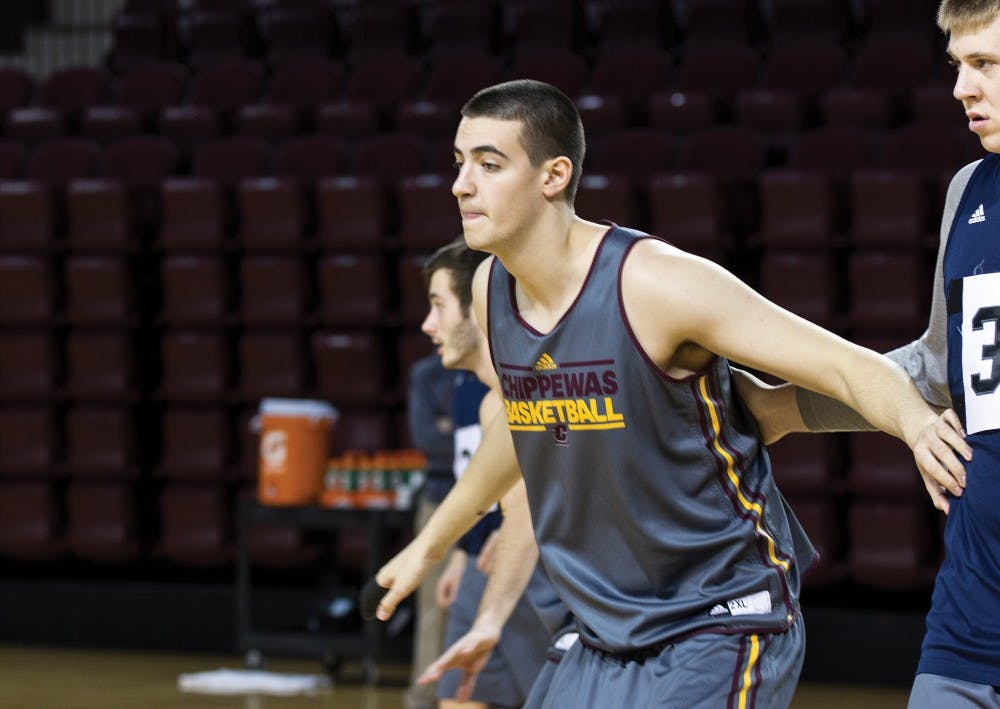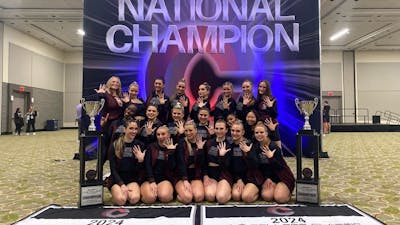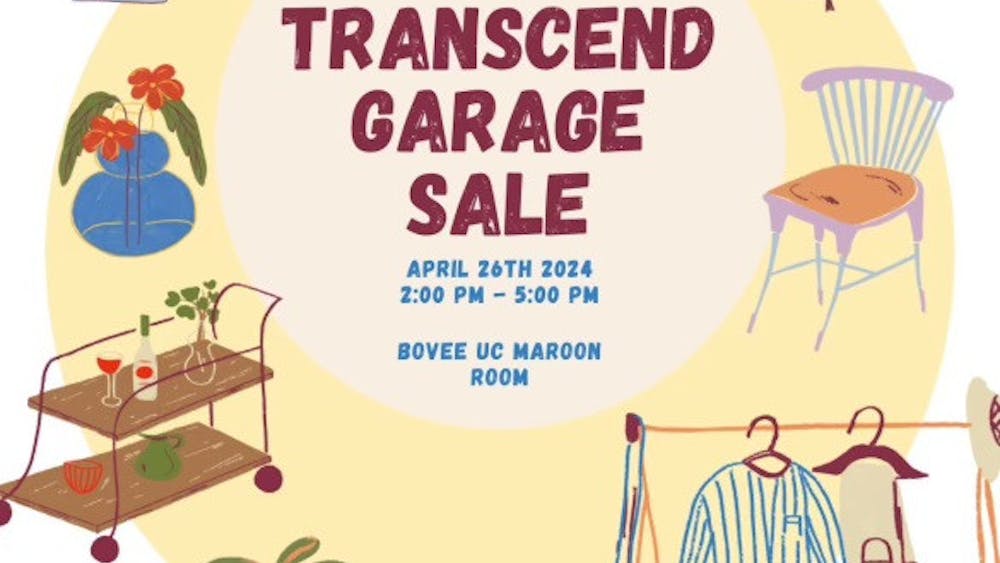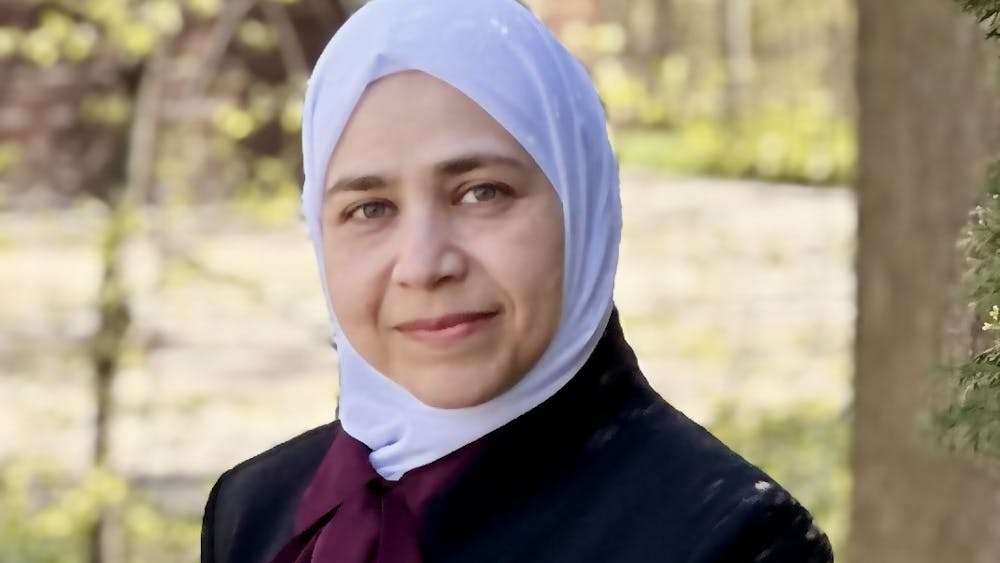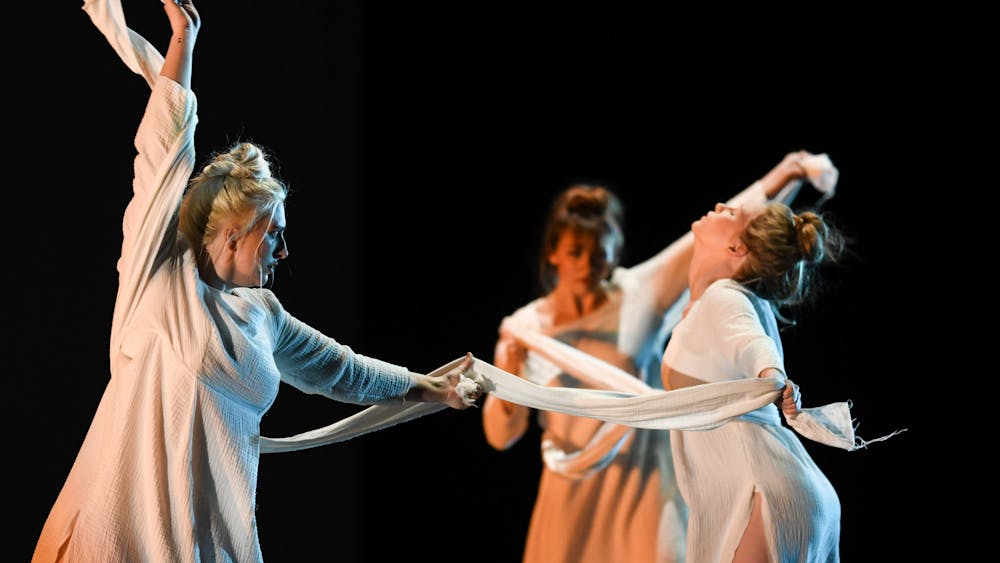Next big thing: Cabarkapa, 7-foot center’s transition to basketball greatness a work in progress
Although he is now one of the tallest students at Central Michigan University, Milos Cabarkapa felt small and inconsequential the day he moved to America.
Growing up in a city of 1.3 million people thousands of miles away, the CMU men’s basketball team’s 7-foot center has always dreamed of playing professional basketball in the United States.
Now a redshirt freshman on the team, Cabarkapa was forced to transition quickly when he took the 21-hour plane ride to America for training at the Impact Basketball Academy in Sarasota, Fla.
Cabarkapa was at the academy for five months.
“I remember the day (I was) picked up,” said Cabarkapa. “I just saw that big highway and how everything was so huge.”
This was the ultimate culture shock for the young college basketball hopeful.
“Everything is so close together back home,” he said. “Houses are really close to each other. The streets are so small, that was the biggest shock for me. This really is just a huge place.”
Since coming to CMU in 2013, Cabarkapa has adjusted his playing style and improved his physical conditioning.
“American basketball is a lot faster. People are stronger,” Cabarkapa said. “In Europe, we focus a lot more on skill but you still have to be fast and strong.”
Keno Davis, Cabarkapa’s first American head coach discovered the 7-footer at the academy. The CMU men’s basketball coach said he immediately envisioned the imposing figure Cabarkapa could become in the team’s lineup someday.
“I’ve been trying throughout my career to make connection overseas, especially with bigger players,” Davis said. “With Milos, it was different because he was already in the States.”
There is a risk when recruiting non-traditional student athletes.
“The further you go away from your hometown, or your home state, you risk the guys being homesick or not being as comfortable as they would be close to home,” Davis said.
But the Chippewas say Cabarkapa has made the transition seem effortless to his coaches and fellow players.
“You give credit to our environment of good students. I think it helps (Milos),” Davis said. “Whether you’re a good student or a marginal student, you will get better (CMU).”
Assistant Coach Kevin Gamble has played a large role in Cabarkapa’s development.
“He’s made big strides since the first day he came in,” Gamble said.
For Gamble, the Serbian man is slowly but surely becoming an essential part of the Chippewas’ post game for seasons to come.
“Next year, I can see us utilizing him in the post a lot more,” Gamble said. “With him down there, we’re going to feel better.”
Structure and guidance was something Cabarkapa said he needed both on and off the hardwood when he first came to America.
“When I first got here, the terminology was very hard,” he said.
“It’s hard when you first get here. Those first steps, those first words I tried to learn and speak. When you get stuck you just have to keep on going but you don’t know what to say.”
Basketball is engrained in Cabarkapa’s daily routine. The Belgrade-native often sits at home room watching other Eastern Europeans play professional basketball.
“Serbia, Croatia, Montenegro – all of those places are pretty much the same people and they love their Serbian and Croatian basketball players,” he said.
Cabarkapa shares at least one key asset with his fellow countrymen now living the dream he hopes to one day achieve: Height.
“Nikola Pekovic, who plays for the (Minnesota) Timberwolves is a great player,” Cabarkapa said. “A big man who plays for Orlando, Nikola Vucevic, is having a great season. I think I’m a skilled post player so I compare myself to them and see if I can do the same things they do.”
Whether he is backing down an opponent in the paint or cheering on his teammates from the sideline, Cabarkapa said he knows he now has two homes.
CMU’s Serbian surprise does not mind his two homes are separated by a 21-hour flight.
“I just felt like this was the right place for me,” he said. “I felt I should be here.”
